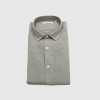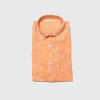Linen, the fabric for sunny days
-
Categories :
All
Related products
The Zara R Linen/Stripe Vest

La Chemise Milano Lin Vert

La Chemise Havana Lino Rouge

La Chemise Lin CLS Orange

Share this content